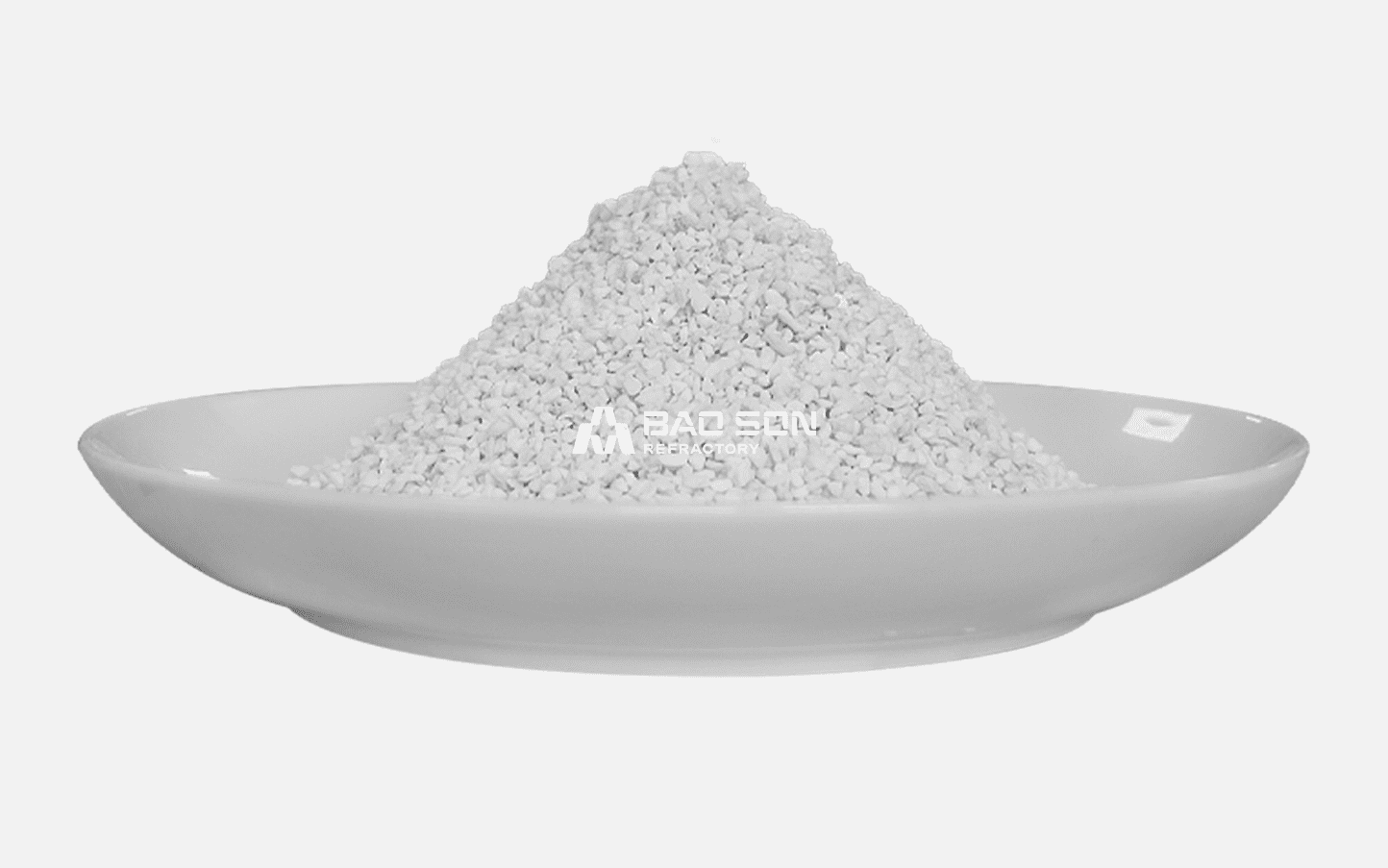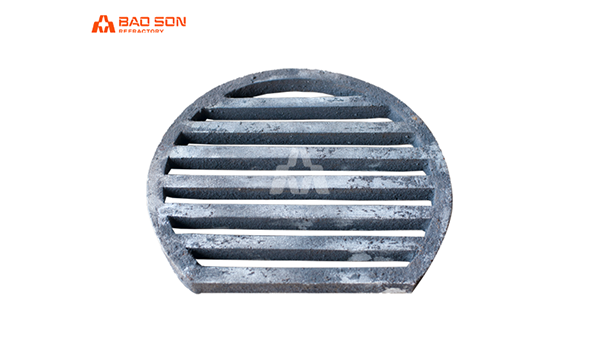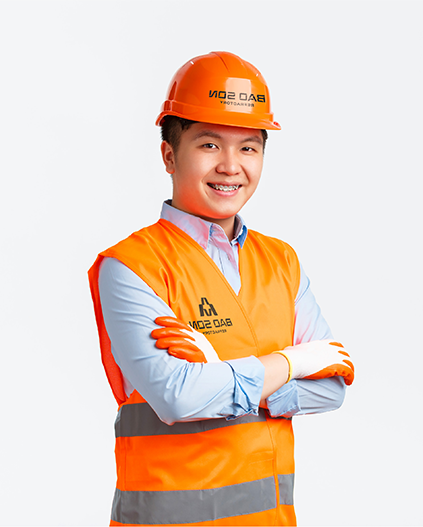Trend
Some notes when choosing construction materials
When preparing to build a project, learning carefully about construction materials is a good thing to do regardless of whether you choose the public contract or white contract option. Sand, bricks, steel, stone, water and cement are the most important construction materials when building a project. We will list some important points to help you get general standards and be able to choose from the available ones.
1. Sand
How to distinguish quality sand:
– Quality sand can be roughly determined by taking a handful of sand and holding it in your hand. Dirt (like mud) will stick to your palms. There is clay, grit or other dirt in the sand that can affect the project. They need to be sifted out of the sand before use.
– A more scientific testing method than the above method is to pour sand into half a glass jar, add a little water and stir. The sand will settle to the bottom and dirt will appear clearly. There is a rule that if the mud or dirt content exceeds 3% of the total weight of sand, the sand needs to be cleaned before use. In short, quality sand is sand that cannot contain clay, dirt, mica or shells…
– Do not use sand contaminated with alum or salt in concrete and rough construction.
2. Cement
Cement is a substance that binds sand, stone and water together to form artificial stone. Cement is the most important ingredient in construction, painting and pouring concrete. Choosing the appropriate cement will ensure the stability of the construction project. You should choose a reputable cement brand that has a reputation and is trusted by contractors and architects
How to choose and buy cement
You may have to spend a lot of money later on repairs if you save a few thousand dong when buying poor quality cement. Remember that once you use cement to build, you cannot replace or improve it like you can with tile roofs or some other things. If it is of poor quality, you will have to destroy it and remake it. The cost of buying cement only accounts for a small part of the total value of the project. Normally, cement accounts for about 7% – 9% of the total project value. Therefore, when choosing cement, make sure you make the right decision.
3. Stone
Coarse aggregate is usually small stones that add strength to concrete. The most common stone used for concrete today is 1×2 stone (largest particle size 20mm – 25mm). Stone aggregate must be clean of impurities when mixed with concrete.
While choosing stone, you need to keep in mind the following factors:
– Common stones have a cubic shape, do not have many impurities and have few flat particles.
– Impurities should be removed immediately by sieving and washing.
4. Water
If you use tap water from the water supply system, there is no need to worry. In case you use well water or another source, the water needs to be clean and free of impurities. Absolutely do not use sea water, alum water, pond water, brackish water, water with oil or grease to build a house.
The right amount of water and cement ratio will help make the structure solid.
5. Concrete and mortar
Concrete is an artificial stone material formed by molding and solidifying a mixture of appropriate proportions of ingredients including cement, water, sand, stone and additives if any.
In there:
– Stone and sand (aggregate) act as a load-bearing frame
– The binder and water (slurry) surrounding the aggregate particles act as lubricants and at the same time fill the spaces between the aggregate particles.
– Mortar is a mixture of sand, cement and water in a certain ratio.
Maintenance work: The quality of concrete and mortar will decrease (strength does not meet design) if there is no reasonable and proper maintenance regime.
– For mortar: should be kept moist continuously for 7 to 10 days
– For concrete: should be cured continuously for 10 – 14 days
Note:
– Should use concrete grade ≥ 250 (ratio 2:3:5 – 2 bags of cement + 3 buckets of sand + 5 buckets of stone) for structures: reinforced concrete piles, foundations, stirrups, buildings underground, columns, terrace floors. Because these details are directly affected by the environment. Use concrete grade ≥ 200 (ratio 1:2:3 – 1 bag of cement + 4 buckets of sand + 6 buckets of stone) for the remaining details. Technical specifications are clearly stated on the back of the cement bag
– For construction mortar, use the ratio of 1 bag of cement: 8 buckets of sand (ratio 1:4). Use sand with magnitude ≥ 2 (use concrete sand as possible)
– Mortar ratio 1 bag of cement: 10 buckets of sand (ratio 1:5), if using too small sand, use ratio 1: 4 or 1: 4.5
Note: In reality, the mixes use an 18-liter paint bucket.
6. Bricks and how to choose
bricks Bricks can be checked through observation. Usually, good tiles need to have a standard shape with sharp edges. Similar colors also ensure good quality. And here are ways to check the quality of bricks:
– When breaking a brick, it will not break into many small pieces.
– Smash 2 bricks together, quality bricks will emit a decisive sound.
– Try dropping a brick at a height of about 1 meter, a good brick will not break.
– Soak the brick in water for about 24 hours, then check its weight. If the weight is more than 15% heavier, you should not use this type of tile. For example, a 2kg brick should not weigh more than 2.3kg after being soaked in water for 24 hours.
7. Steel
Concrete has good compressive strength but poor tensile and bending strength. To overcome this, steel bars need to be placed in concrete to provide the necessary additional strength. That’s why the term reinforced concrete appeared. Choose steel from reputable brands on the market. You should refer to the size and type of steel from your architect.
8. Formwork
Formwork is used to make concrete molds. Formwork must be of the correct design size to ensure the bearing capacity of the concrete. In fact, this is the contractor’s job. You can note this issue with your supervisor as construction progresses.
9. Electrical and water equipment
These devices will be installed inside the building, so you should choose products of reputable origin and quality and have a design suitable for the house.









